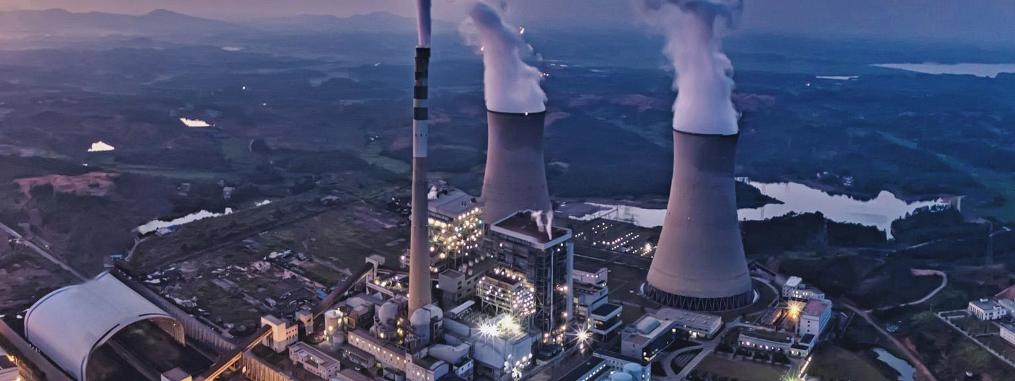
The digital power plant of the future
Like many other industries, power generation is becoming increasingly digitized. Yet many players are only now taking steps to create value from tech-enabled initiatives and establish new ways of working. In fact, there are no global end-to-end cases of digitization in power generation; even the most technologically advanced players have implemented only a small number of isolated digitization use cases, which are often not directly tied to business value.
Simply put, power companies are not nearly as advanced as they could be, so operations and maintenance costs are higher than they could be. Further complicating matters, cost pressure for thermal assets namely, coal and gas continues to raise because of ongoing power-market liberalization and large-scale deployment of various renewable energy sources, such as solar and wind in Europe and the United States. Similar developments are expected in Asian markets, such as in Japan. These conditions have led to consistent, major pitfalls across markets.
Tech-enabled transformation combines new technologies with traditional improvement and can provide large value across four key areas: operations; maintenance; energy efficiency; and health, safety, security, and environment (HSSE). In this article, we explain what a successful digital transformation across the four areas looks like as well as the most important themes to create value.
Power-plant digital transformations face common pitfalls
Thermal generation still dominates the global fuel mix, with coal and gas making up 62 percent and representing 16 petawatt-hours (PWh) today. Our research shows coal and gas contribution to the fuel mix will stay constant until 2030, after which it will decrease toward 2050
Focus on solutions instead of ways of working
Many power companies focus on implementing new tools but neglect new ways of working. Tools are sometimes not adopted and eventually fall by the wayside. However, by integrating new ways of working, processes and standards are not only adopted but also become standard procedure. As an example, an advanced heat-rate optimization model helps to increase plant performance by providing operators with real-time recommendations on how to calibrate the most crucial parameters. In addition to building the advanced-analytics model, operating procedures must be adapted to enable operators to follow the tool’s suggestions. Even more importantly, the model configuration needs to be co created with the operators to build the credibility of the tool from the beginning, which can help ensure that the recommendations are used in day-to-day operations.
Data availability and structure
For many use cases the availability of consistent data is crucial. Depending on the situation, various shortcomings are observed: 1) data quality is not sufficient, including the frequency and detail of collected data, 2) data are not standardized across assets within one company, and 3) data are not accessible outside the plant perimeters.
All these factors complicate the fast design and deployment of advanced-analytics use cases. To overcome these challenges, a two-speed data and IT architecture is often implemented that satisfies the specific needs of prioritized use cases. Thus, the business value can be proven and captured and the more time-consuming migration to a new comprehensive data and IT system can be postponed without interfering with the progress of the use-case implementation.
McKinsey